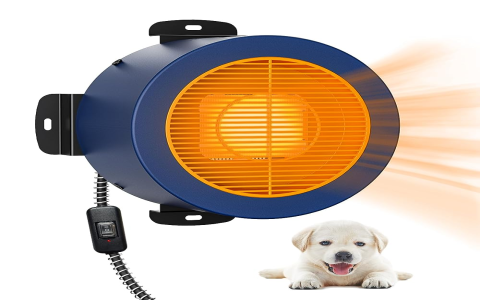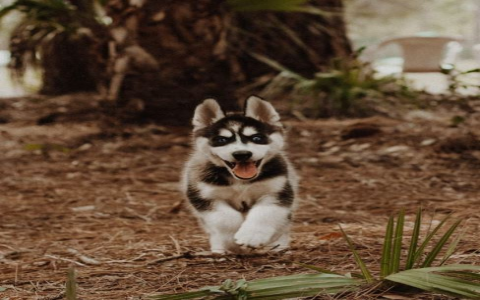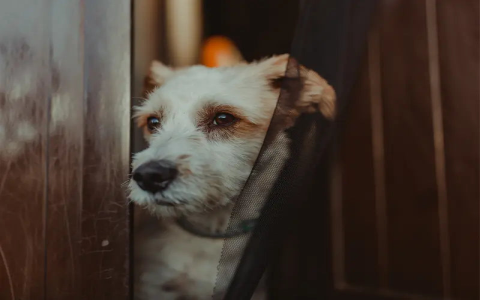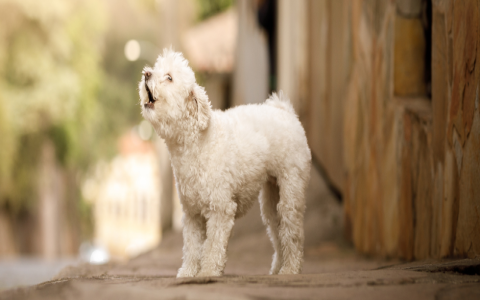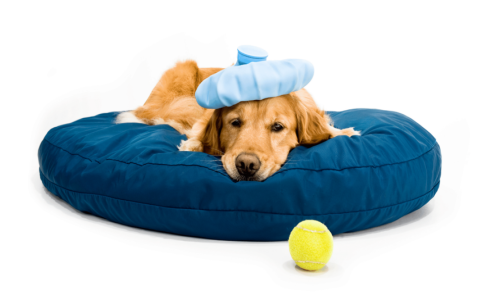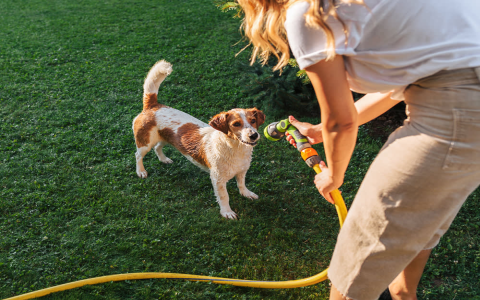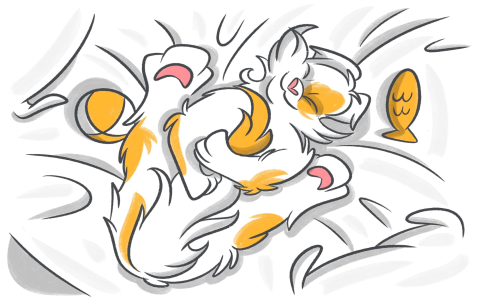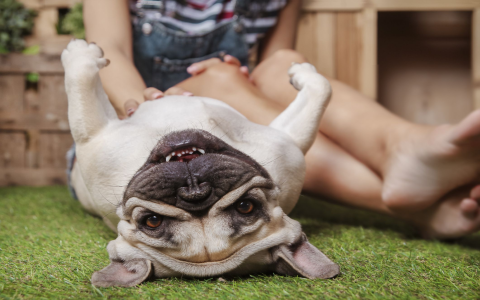Reviewing outdoor heaters for dogs: Find the perfect and safest heating solution for your outside pets.
Okay, so let's talk about keeping the dog warm outside when it gets chilly. My old boy, Max, he loves being outdoors, but last winter, I noticed he was shivering quite a bit, even in his dog house. Just didn't seem right leaving him like that.
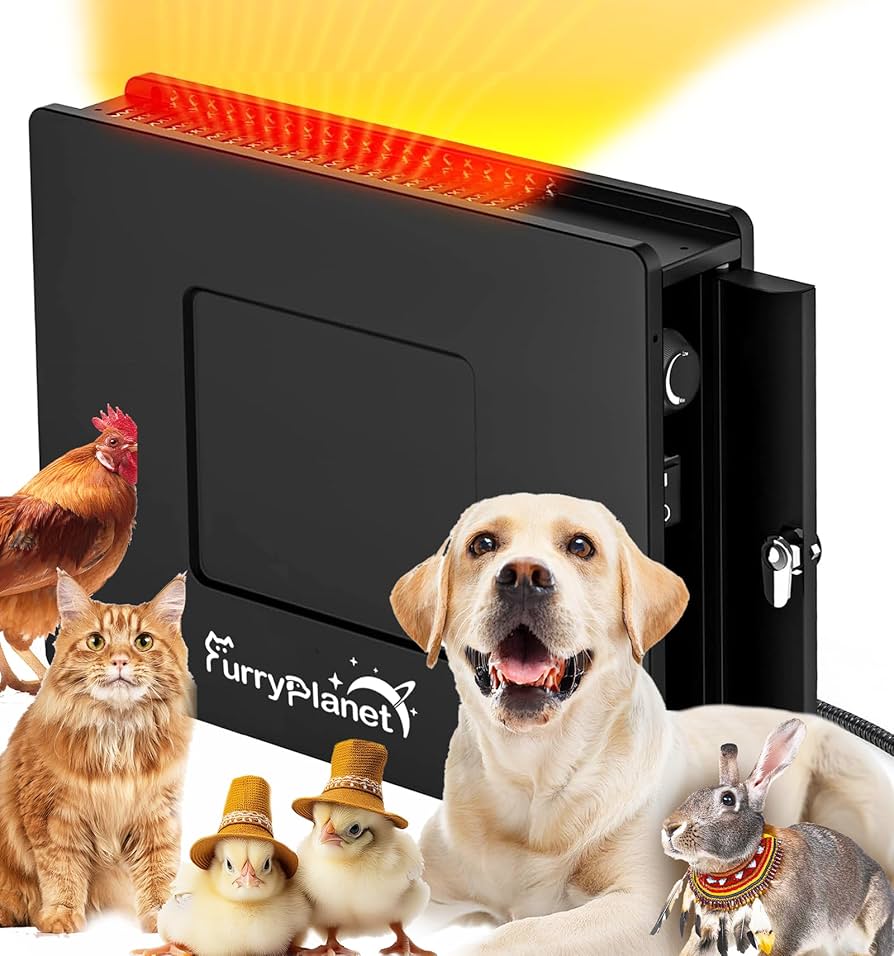
Figuring Out the Cold Problem
First thing I did was check his bedding. Made sure it was dry, fluffed it up. Tossed in an extra old blanket I had. It helped a little, but on those really cold nights, you could tell he was still uncomfortable. He'd curl up so tight. I started thinking, maybe he needs something more than just bedding.
Looked around online a bit, saw people talking about straw, heated mats, and actual heaters. Straw seemed messy, and I worried about dampness. Heated mats sounded okay, but his dog house is pretty exposed, so I wasn't sure if a mat alone would cut it for the air temperature.
Looking into Heaters
So, heaters. That seemed like the strongest option, but honestly, it made me nervous. Fire hazard, right? Or Max getting too close and burning himself. Couldn't have that. I started looking specifically for stuff labeled 'pet safe' or designed for kennels and coops.
Found a few different kinds. Some were like flat panels, others were small boxy things, and some were heat lamps. The lamps seemed too intense, worried about fire risk again and maybe too much direct heat on him. The flat panels looked interesting. They advertised lower surface temperatures, supposed to be safer if touched.
My main concerns were:
- Safety - couldn't risk burns or fire.
- Durability - it's gotta withstand being outside, maybe getting bumped.
- Effectiveness - actually needs to warm up the space, not just glow.
- Power cord safety - Max isn't a chewer, but still, needed to be careful.
Picking One and Setting It Up
I ended up going with one of those flat panel radiant heaters. It had decent reviews, specifically mentioned safety features for pets and barns, and seemed sturdy enough. It wasn't cheap, but feeling Max shiver was worse.
When it arrived, first thing was figuring out placement. His dog house has a wooden floor and walls. I decided to mount it on the back wall, up high enough so he couldn't lie directly against it, but low enough to radiate heat downwards towards his bed area. Made sure it was screwed in solid.
The cord was the next challenge. I ran it out a small hole I drilled in the back corner, then used cord protectors along the ground leading back towards the outdoor outlet. Didn't want him tripping or messing with it.
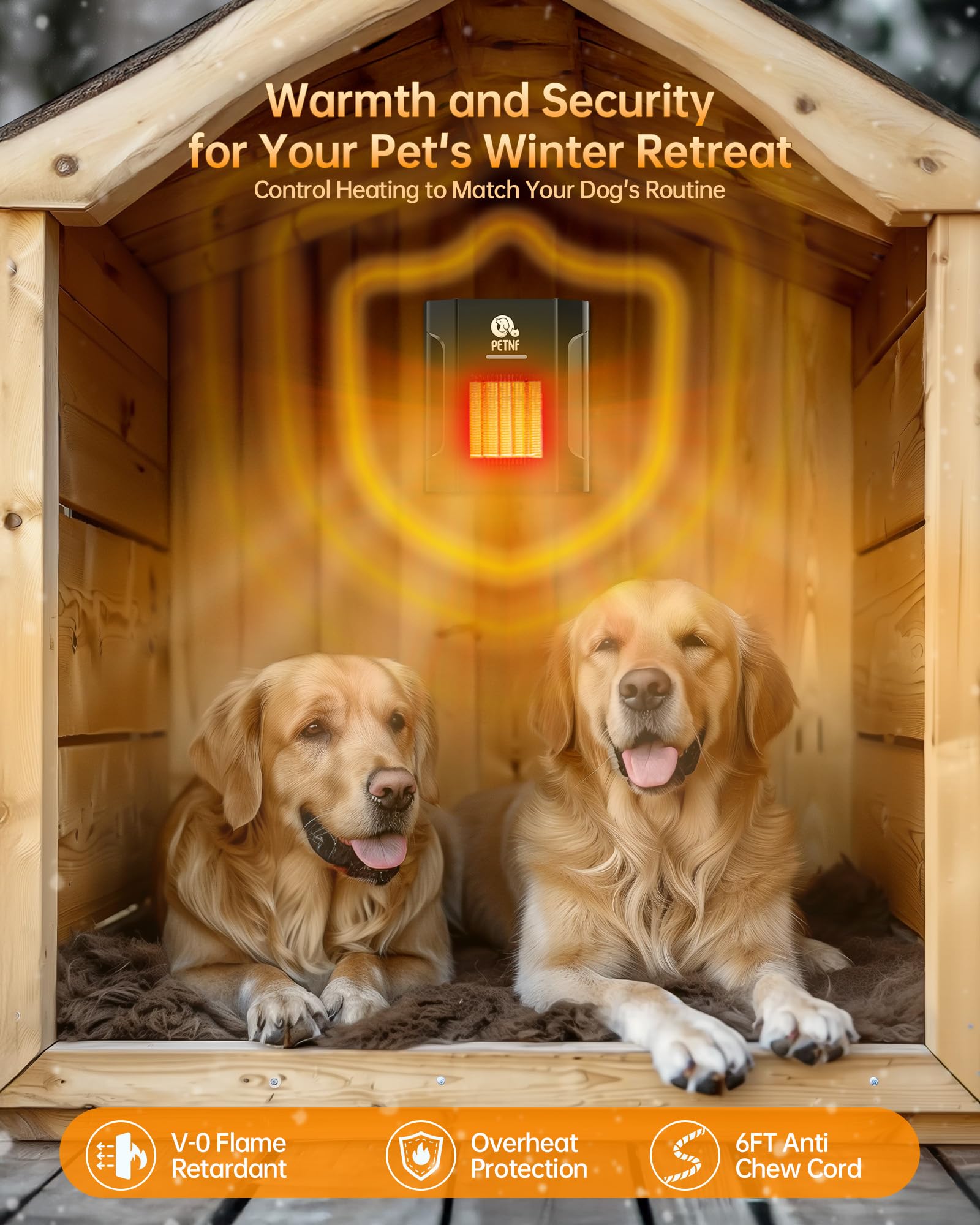
Testing and Watching
Turned it on. It didn't glow red hot or anything, just gave off a gentle warmth. Put my hand near it – warm, but not instantly scorching. Good sign. Then, it was time to see what Max thought.
He sniffed around it cautiously at first. Didn't seem scared, just curious. Over the next hour or so, as the dog house started to warm up a bit, I noticed he actually chose to lie down closer to that side. He wasn't right under it, but definitely in the warmer zone. Success!
Checked on him periodically that first night. Stuck my hand inside the dog house; it felt noticeably warmer than the outside air, kind of cozy. The heater itself wasn't making any noise. Max seemed way more relaxed, not curled up so tightly.
How It's Going
Been using it through the colder snaps now. It's holding up well. I keep the bedding away from direct contact, just to be extra safe, and I regularly check the cord. It doesn't make the dog house tropical, but it definitely takes the harsh edge off the cold. Max seems much happier and spends more time comfortably resting in there, even when it's freezing outside. For me, seeing him comfortable makes it totally worth the effort and cost.
